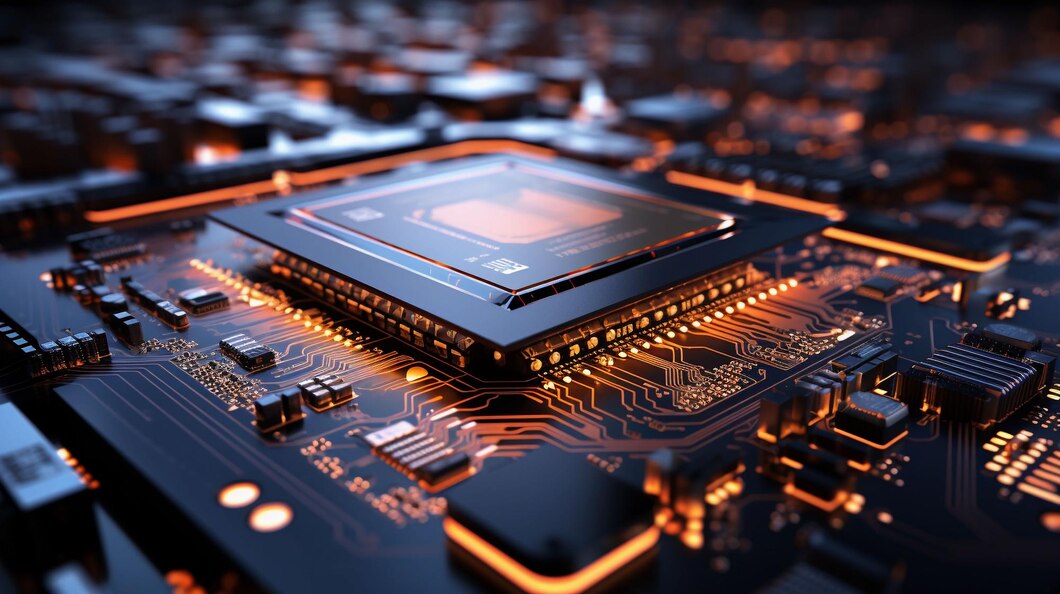GPU full form: Graphics Processing Unit

GPU Full Form and its Role in Computing
In the ever-evolving landscape of technology, where high-performance visuals and computational power drive innovation, a pivotal player stands at the forefront. The acronym GPU, a cornerstone of modern computing, is responsible for transforming data into stunning visual experiences and accelerating complex calculations. The full form of GPU is “Graphics Processing Unit.” In this article, we will delve into the GPU full form, understand its significance in various domains, and explore how it has revolutionized the way we perceive and interact with digital content.
Deciphering the Full Form: Graphics Processing Unit
The acronym GPU stands for “Graphics Processing Unit.” A GPU is a specialized electronic circuit designed to accelerate the processing of images and visual data, along with parallel computation tasks.
The GPU’s Evolution: From Graphics to General-Purpose
Originally developed to handle graphics rendering, GPUs have evolved into versatile computing powerhouses:
- Graphics Acceleration: GPUs were initially designed to accelerate graphics rendering for video games, simulations, and multimedia applications.
- Parallel Processing: Due to their architecture, GPUs excel at parallel processing, where multiple tasks are performed simultaneously.
- General-Purpose GPUs (GPGPUs): Modern GPUs have transcended graphics and found applications in fields such as scientific research, machine learning, and artificial intelligence.
GPU Architecture and Parallelism
Unlike CPUs (Central Processing Units), which excel at sequential tasks, GPUs boast thousands of smaller cores optimized for parallel tasks:
- Streaming Multiprocessors: GPUs comprise multiple streaming multiprocessors, each housing numerous cores that execute instructions concurrently.
- Massive Parallelism: GPUs can process large datasets and perform complex calculations in parallel, resulting in significantly faster computations.
Applications of GPUs
- Gaming: GPUs are central to gaming, delivering lifelike graphics, immersive environments, and real-time rendering.
- Digital Content Creation: GPUs accelerate video editing, 3D modeling, animation, and rendering, enhancing creativity and productivity.
- Scientific Research: GPUs are employed in simulations, data analysis, and scientific computations, aiding breakthroughs in various disciplines.
- Machine Learning and AI: GPUs accelerate training and inference processes in machine learning and deep learning models.
- Cryptocurrency Mining: GPUs play a crucial role in cryptocurrency mining, performing complex calculations required for blockchain transactions.
GPU vs. CPU
- Parallelism: GPUs excel at parallel tasks, while CPUs are designed for sequential processing.
- Specialization: GPUs are optimized for specific tasks like graphics and parallel computing, while CPUs handle a broader range of operations.
- Processing Speed: GPUs offer higher processing speeds for certain tasks due to their parallel architecture.
- Versatility: CPUs are more versatile for general computing tasks, while GPUs are specialized for specific workloads.
Future of GPUs
- AI and Machine Learning: GPUs will continue to play a pivotal role in advancing AI and machine learning capabilities.
- Ray Tracing: GPU advancements will enable real-time ray tracing, enhancing visual realism in games and simulations.
- Scientific and Medical Research: GPUs will contribute to faster simulations, data analysis, and research breakthroughs.
Conclusion
The GPU full form – Graphics Processing Unit – encapsulates an innovation that has transformed the realms of gaming, visual arts, scientific research, and artificial intelligence. From rendering breathtaking visuals to accelerating complex calculations, GPUs are the engines that power the digital experiences we immerse ourselves in daily. As technology advances and our demands for high-performance computing grow, GPUs stand as a testament to the ever-evolving nature of technology and its profound impact on shaping the future of various domains.